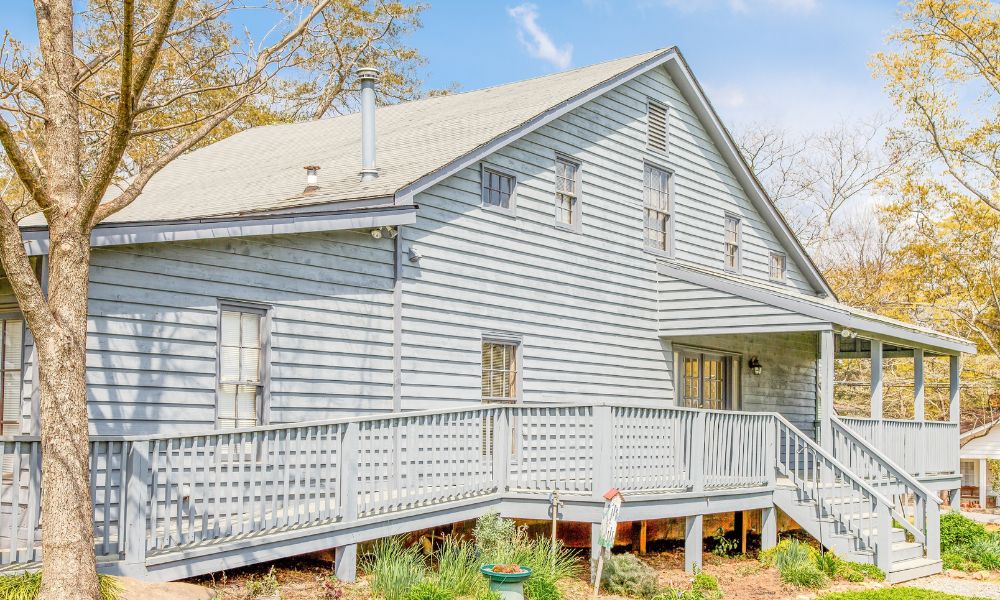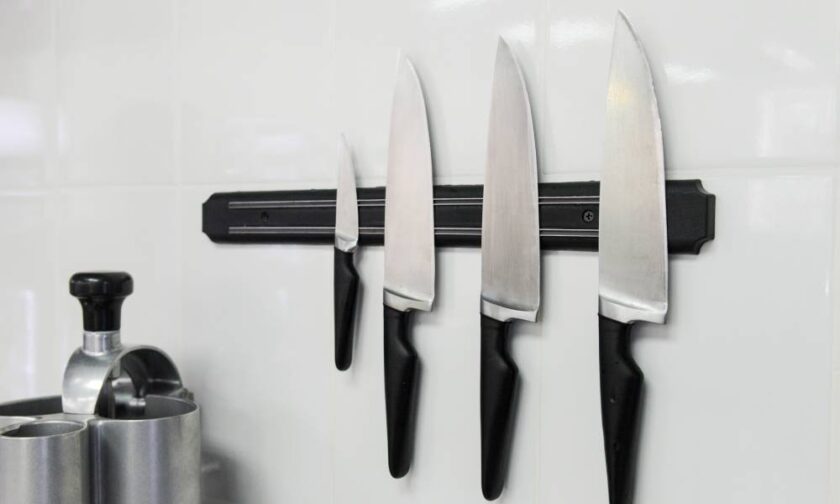Many houses are not constructed with the needs of families with special needs children in mind. Fortunately, with a few improvement projects, a house can become a safe and comfortable home for children with disabilities. Below, we discuss how to make houses safer for children with special needs by focusing on several key factors, such as accessibility and security.
Install Ramps
Navigating stairs is difficult and dangerous for anyone in a wheelchair, especially children. Replacing stairs with handicap-accessible ramps provides easy and safe mobility for these children and anyone else with mobility challenges. You can hire someone to install ramps at your home’s main entrance and between different levels of the house, making it completely wheelchair friendly. Wheelchair lifts and home elevators are also viable options. These accommodations help promote independence and inclusion for everyone.
Code Locks on Doors
Keeping a child with special needs safe within the home is the highest priority. Consider installing code locks on external doors to prevent children from leaving the house unsupervised. They offer an additional layer of security, as only those with the correct code can open the doors. For added convenience, you can find custom locks with one master code for the entire family or individual codes for specific users.
Furniture Safety
Children with mobility issues may lean on furniture for support, or those with Obsessive Defiant Disorder may push or pull items, increasing the risk of accidents. Secure all heavy furniture, such as dressers, bookshelves, and television stands, to the walls to prevent them from tipping over. Anti-tip brackets and straps are widely available and are an invaluable safety measure to keep your child and other household members safe from potential injuries.
New Windows
If your child willfully attempts to leave the house or you notice old windows with performance problems, you may need new windows. There are many signs that it’s time to replace your windows, but performance problems like difficulty opening and closing are some of the most obvious and dangerous. If a window is stuck open, a child could easily get outside unsupervised or fall from a second story.
New windows will perform better, may come with child safety features, and are more compatible with additional security options like coded locks. They can also help prevent outside noise from entering the house, which allows you to create a more soothing environment for children with sensory processing issues.
Regular Safety Checks
Preventing accidents in a home with special needs children requires vigilance. Regularly inspect your home for potential safety issues, like loose support bars in bathrooms, frayed electrical cords, or broken locks on cabinets. Additionally, make sure to maintain all safety equipment, such as smoke detectors and wheelchair lifts, ensuring it’s functioning correctly. Conducting these checks will give you peace of mind and keep your home a safe haven for everyone in your family.
Following these guidelines on how to make houses safer for children with special needs can help you create a nurturing and secure environment that supports your child’s unique needs. These improvements not only help to protect your child but also foster their independence. A safe degree of independence is vital for their development and well-being.






